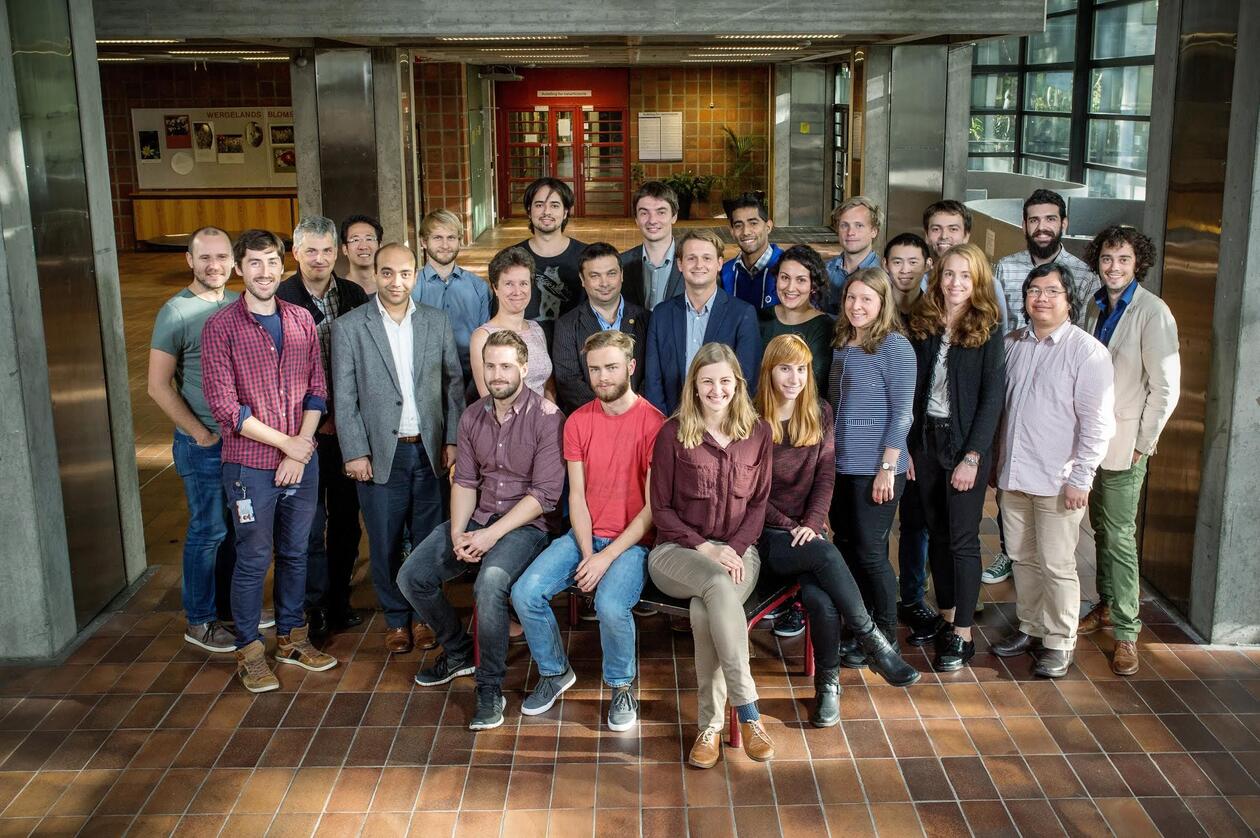Thermo-Mechanical Subsurface Energy Storage (TheMSES)
The overarching objective of the TheMSES research program is to provide the mathematical models and simulation technology required to assess large-scale deployment of subsurface thermo-mechanical energy storage in the context of intermittent renewable energy.
Main content
| Duration: | 2017 - 2021 |
| Funding: | NFR Toppforsk |
Intermittent renewable energy (IRE) such as wind and solar are among the fastest growing energy sources and are critical for the transition to a low carbon emission society. A characteristic feature of these IRE sources is their great variability, on both short (sub-daily) and long (seasonal) time-scales. In contrast, the majority of industrial demand, as well as seasonal household consumption such as heating and cooling, remain fixed or seasonal in nature.
A portfolio of scalable solutions must be deployed to mitigate the production-consumption gap. Today, conventional energy resources such as hydroelectric and fossil fuels are used to buffer the comparatively small output from IRE sources, however, this strategy becomes less viable as the market share of IRE increases. Furthermore, transmission bottlenecks in the power grid and inertia in the implementation of smart grids and local-scale batteries also call for additional storage solutions.
Large scale energy storage is already commercially applied today. Dams function as energy storage vessels between seasonal water recharge and demand for hydroelectric power. Furthermore, in several places natural gas is stored seasonally, with more than 350 billion cubic meters installed capacity globally. On a smaller scale, salt caverns are used also for energy storage through compressed air storage. Of these existing energy storage technologies, both compressed air storage and dams (known as pumped hydro) can be utilized to store IRE, at a moderate energy penalty. However neither of these technologies are ubiquitous, as they require specific geological features, and their capacity is thus not scalable.
We are interested in subsurface energy storage in the context of energy storage in geological permeable layers such as saline aquifers or depleted oil and gas reservoirs. These geological features are found globally, and as such provide an attractive venue for energy storage. Our particular interest lies in thermo-mechanical storage: Hot fluids at temperatures above 50°C are injected at elevated pressure, and both thermal and mechanical energy can be recovered during extraction.
The final outcomes and impacts of the project as will as video interviews with all graduated PhD students on their personal experience and most relevant achievements are collected in the final project report.
